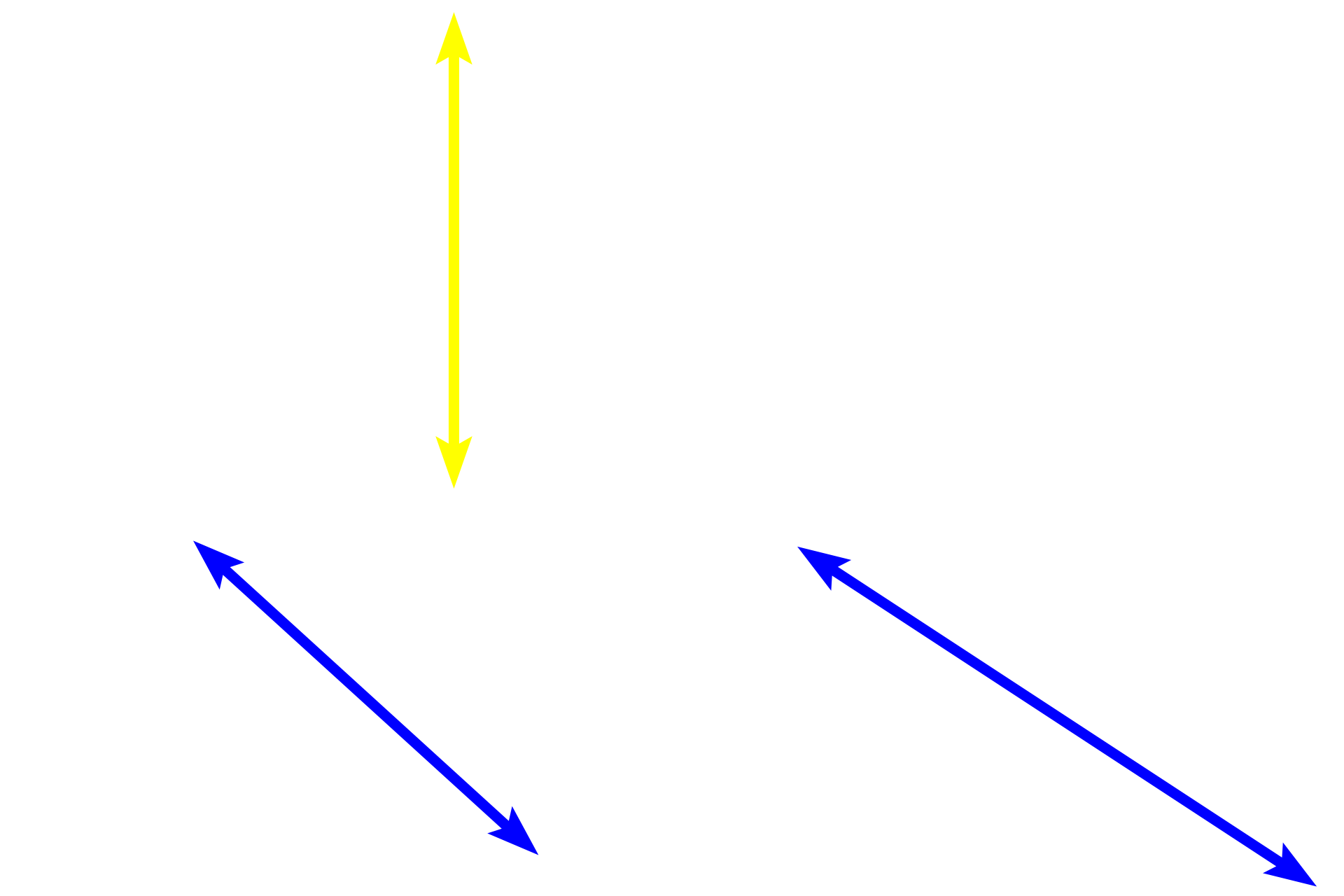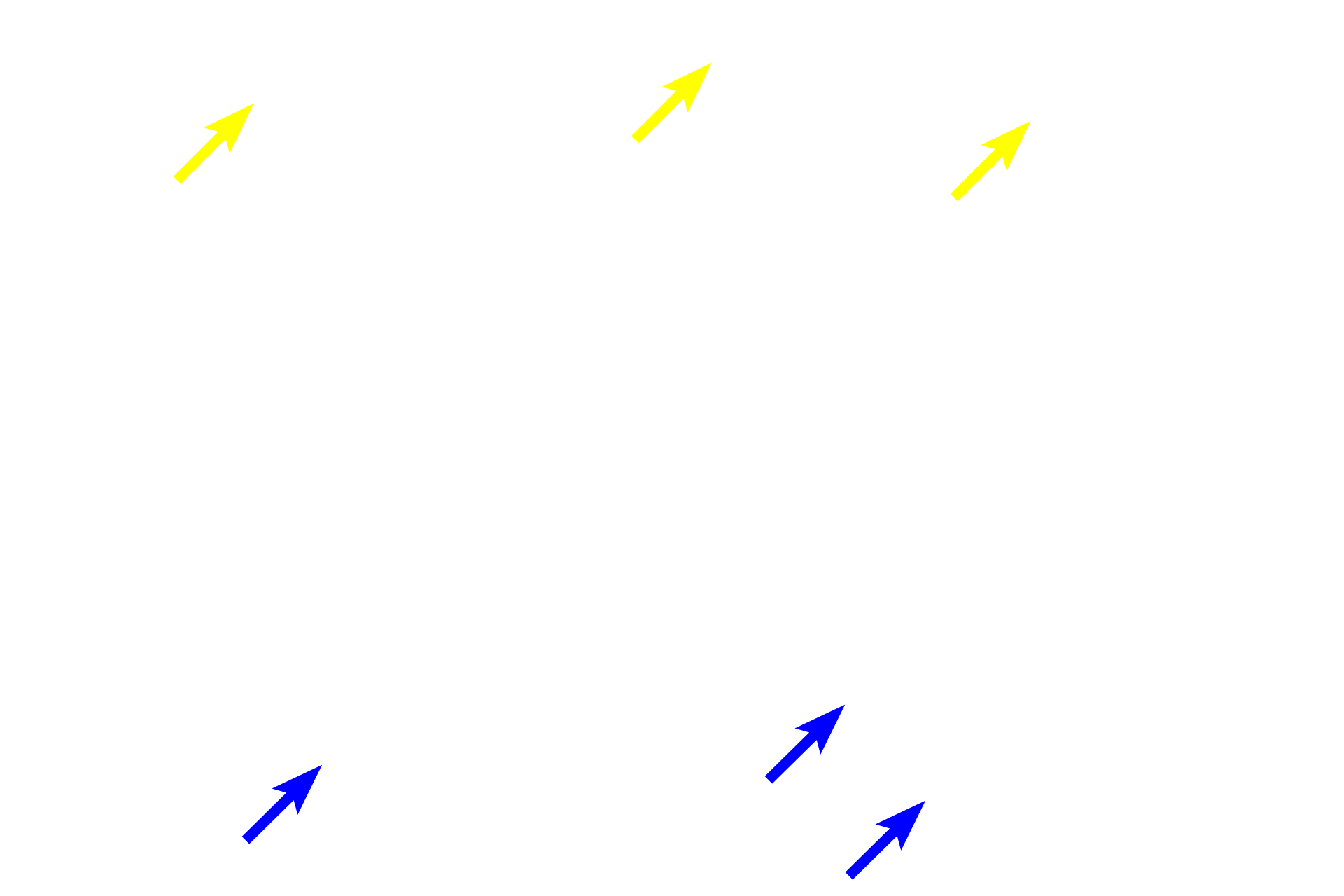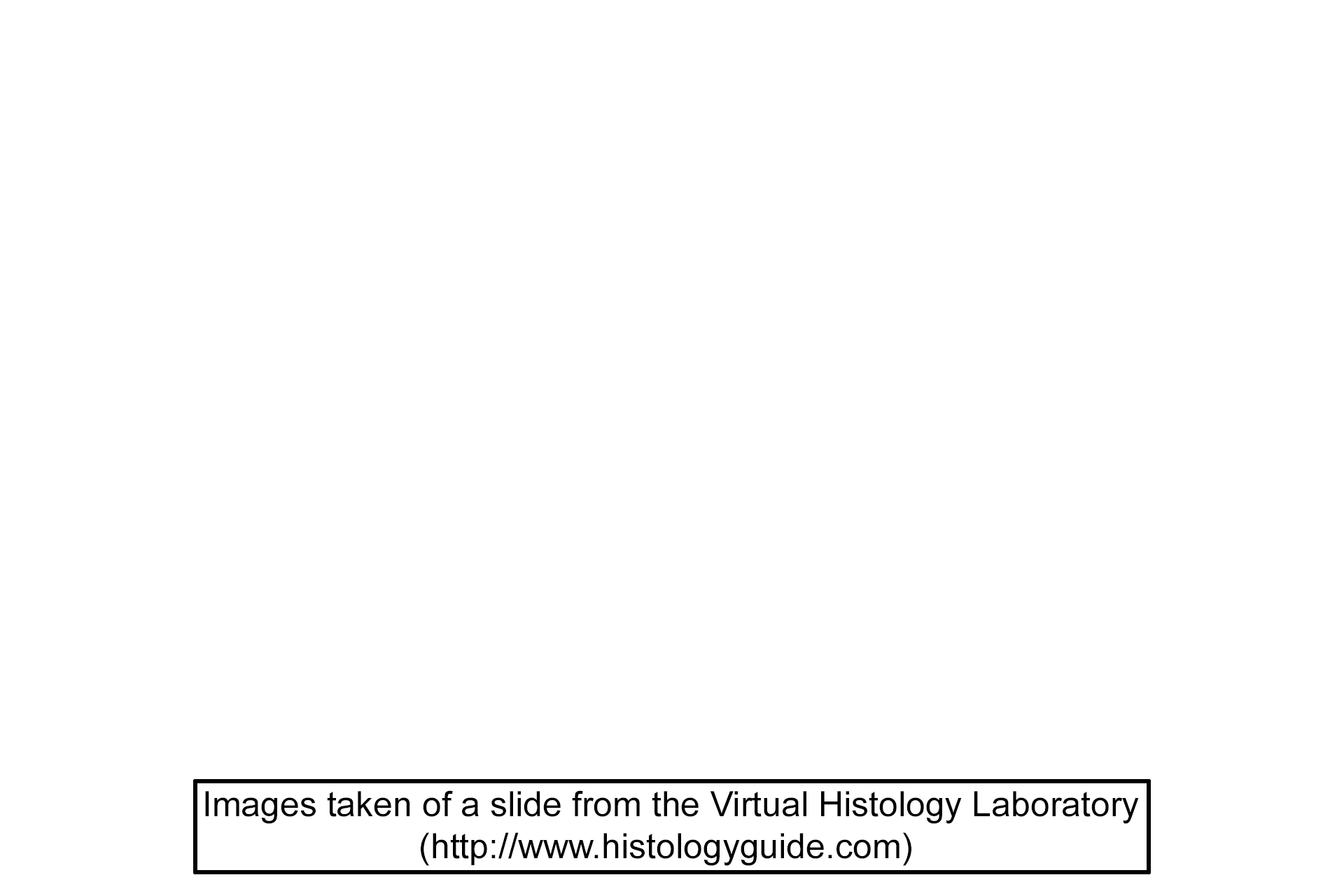
Receptors
Muscle spindles, seen here in longitudinal (top) and cross sections (bottom), are encapsulated sensory receptors that monitor muscle tension, thus aiding in maintaining posture and coordinating complex motor activities. Muscle spindles are composed of intrafusal fibers, modified skeletal muscle fibers of two types, nuclear bag and nuclear chain fibers. Changes in skeletal muscle length are detected by concurrent changes in intrafusal fibers that relay these sensations to the CNS by axons of sensory, pseudounipolar neurons. 800x

Muscle spindles
Muscle spindles, seen here in longitudinal (top) and cross sections (bottom), are encapsulated sensory receptors that monitor muscle tension, thus aiding in maintaining posture and coordinating complex motor activities. Muscle spindles are composed of intrafusal fibers, modified skeletal muscle fibers of two types, nuclear bag and nuclear chain fibers. Changes in skeletal muscle length are detected by concurrent changes in intrafusal fibers that relay these sensations to the CNS by axons of sensory, pseudounipolar neurons. 800x

- Nuclear chain fibers >
Intrafusal fibers are multinucleated with nuclei occupying the central regions of the cell. Nuclear chain fibers are slender and have nuclei arranged end-to-end in a chain-like fashion. Nuclear bag fibers are larger and their nuclei cluster centrally, giving the mid-region a swollen appearance.

- Nuclear bag fibers
Intrafusal fibers are multinucleated with nuclei occupying the central regions of the cell. Nuclear chain fibers are slender and have nuclei arranged end-to-end in a chain-like fashion. Nuclear bag fibers are larger and their nuclei cluster centrally, giving the mid-region a swollen appearance.

Sensory axon >
Spiraling nerve endings of pseudounipolar neurons surrounds the nuclear bag fibers and detect changes in tension in these fibers.

Extrafusal muscle fibers >
The bulk of a skeletal muscle is composed of muscle fibers called extrafusal to differentiate them from the intrafusal fibers that form muscle spindles. As seen in the lower images, they surround the muscle spindles.

Image source >
The lower two images were taken from a section on the Virtual Microscopy Laboratory website (www.histologyguide.com).